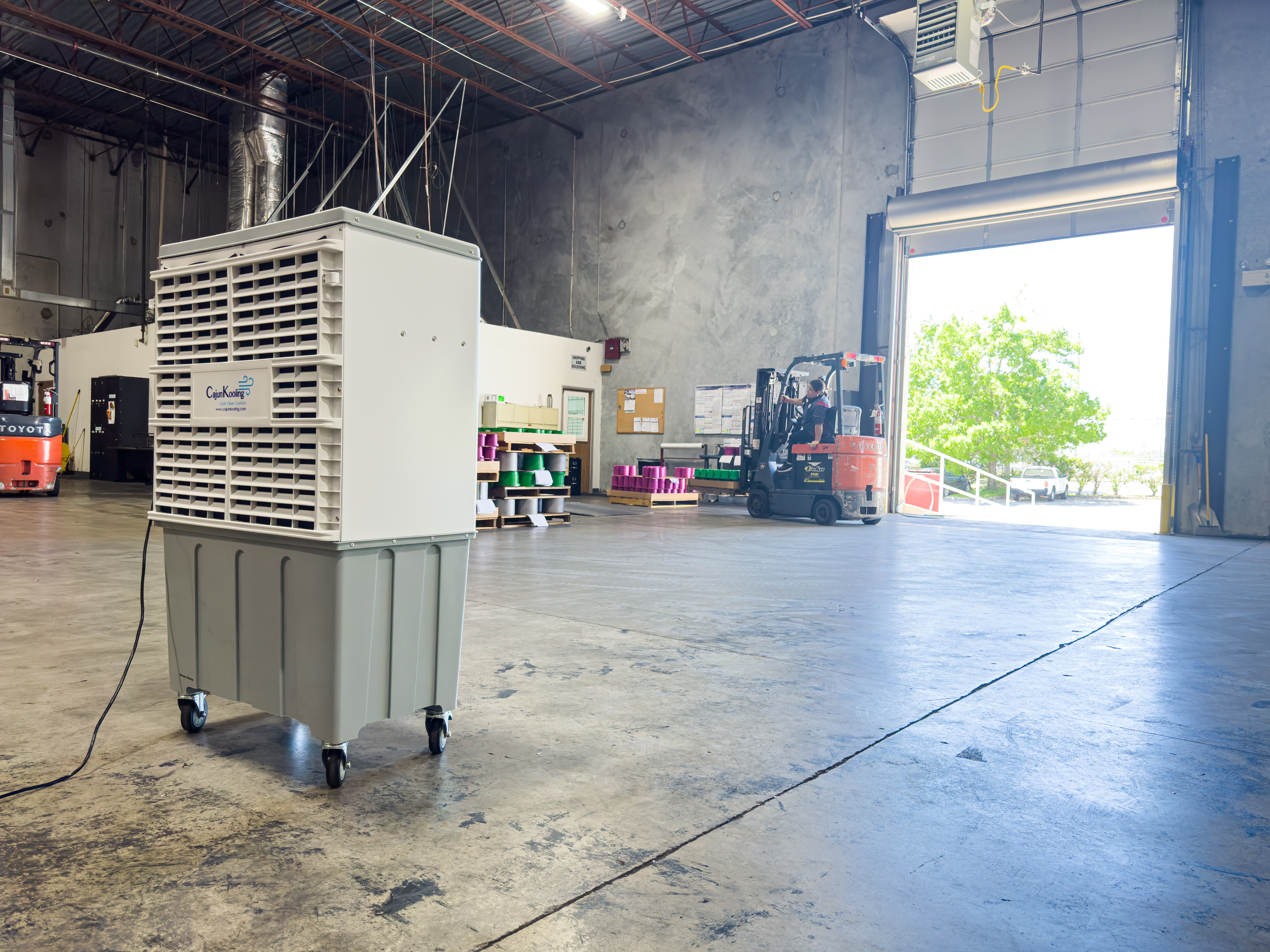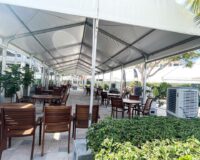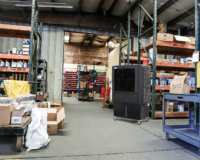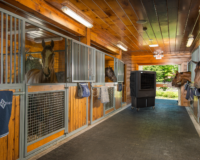How to Choose the Right Size Evaporative Cooler for Your Space
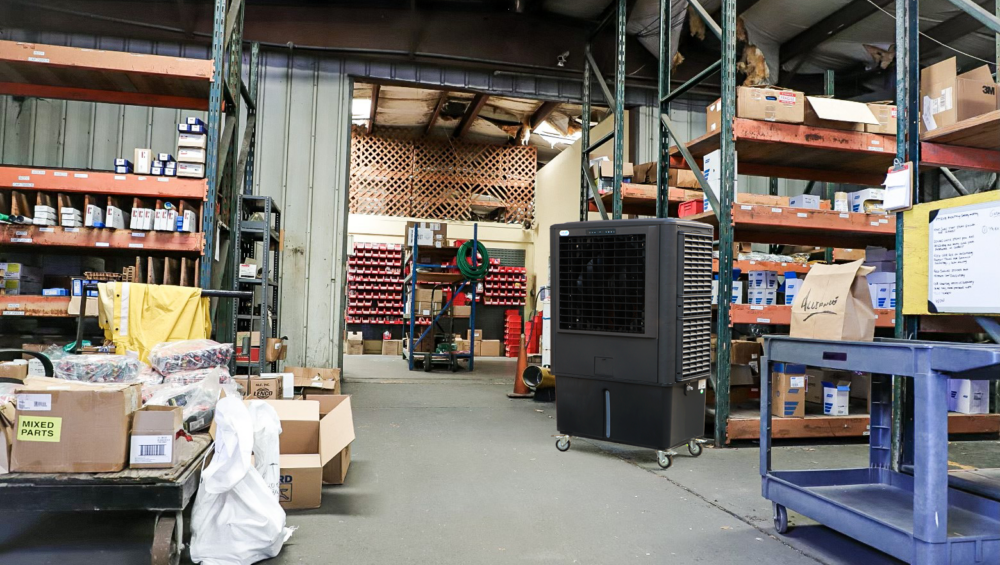
Evaporative coolers—often called swamp coolers—are popular for their energy efficiency and eco-friendly operation. But to get the best performance, you need a unit that’s properly sized for your environment. An underpowered cooler may leave you sweltering, while an oversized unit can waste energy and water. Below, we’ll walk you through how to choose the right size, referencing the Cajun Kooling product lineup so you can quickly identify which model meets your needs.
Understand How Evaporative Coolers Are Measured
Evaporative coolers are typically described in terms of CFM (cubic feet per minute). This indicates how many cubic feet of air the cooler can move per minute. A larger CFM rating generally means the cooler can handle bigger spaces.
A common rule of thumb for a comfortable indoor environment is:
CFM Required = (Square Footage of Space x Ceiling Height) / 2
For example, if you have a 1,000-square-foot area with 8-foot ceilings, that’s 8,000 cubic feet total. Divide by 2, and you’ll want about 4,000 CFM for optimal cooling. Keep in mind, local climate and how open or enclosed the space is can shift that number up or down.
Assess Your Space and Climate
- Square Footage: Measure your room, home, patio, or commercial area to figure out the total square footage (length x width).
- Ceiling Height: Spaces with higher ceilings may need a more robust cooler to compensate for additional air volume.
- Climate: Evaporative coolers perform best in dry or moderately humid climates. If you live in a very humid region, you may want to aim for a slightly higher CFM to maintain good air movement.
Consider Airflow and Ventilation Requirements
Evaporative coolers work by drawing in fresh air, passing it through wet cooling pads, and circulating cool, moist air. This constant airflow is key. Make sure:
- There’s a place for warm air to exhaust (like a vented door, window, or open area).
- The cooler is positioned to blow air evenly where people are located (avoid fully enclosed spots with no airflow outlet).
- Factor in Additional Features
Beyond size and CFM ratings, pay attention to each model’s features:
- Water Tank Size: Larger reservoirs require fewer refills.
- Adjustable Speed & Direction: Helps fine-tune cooling and airflow direction.
- Portability: Rolling casters or handles can make it easier to move the unit around as needed.
- Power Consumption: Compare wattage or amp draw to ensure you’re choosing an energy-efficient model.
Cajun Kooling’s evaporative coolers often feature durable housing, high-efficiency cooling pads, and user-friendly controls, which can make a big difference in performance and maintenance over time.
Don’t Forget Maintenance
Regular upkeep ensures your cooler operates at peak efficiency:
- Clean or replace pads as recommended.
- Check water filters for blockages or mineral buildup.
- Drain and flush the reservoir periodically to remove sediment.
Proper maintenance not only keeps your cooler running smoothly but also helps extend its lifespan, saving you money in the long run.
Conclusion
Choosing the right size evaporative cooler for your space comes down to matching the CFM rating to your square footage, ceiling height, and climate. Once you know your approximate needs, it’s easy to browse Cajun Kooling’s CK3000, CK6000, CK12000, or CK18000 (and other models) to find the perfect fit. Proper sizing and simple maintenance will ensure you enjoy the energy-saving, eco-friendly benefits of evaporative cooling—without sacrificing comfort.
Ready to find your next swamp cooler? Browse Cajun Kooling’s full product lineup to discover the best CFM rating for your space and keep cool all season long.
About Cajun Kooling
At Cajun Kooling, we specialize in high-quality evaporative cooling solutions designed to handle tough climates. Whether you’re cooling a cozy patio or a massive warehouse, our products deliver powerful airflow, efficient water usage, and reliable durability—so you can beat the heat without breaking the bank.
Disclaimer: The square footage and coverage suggestions provided here are approximate. Always review each product’s detailed specifications and consult with a cooling professional if you’re unsure.

